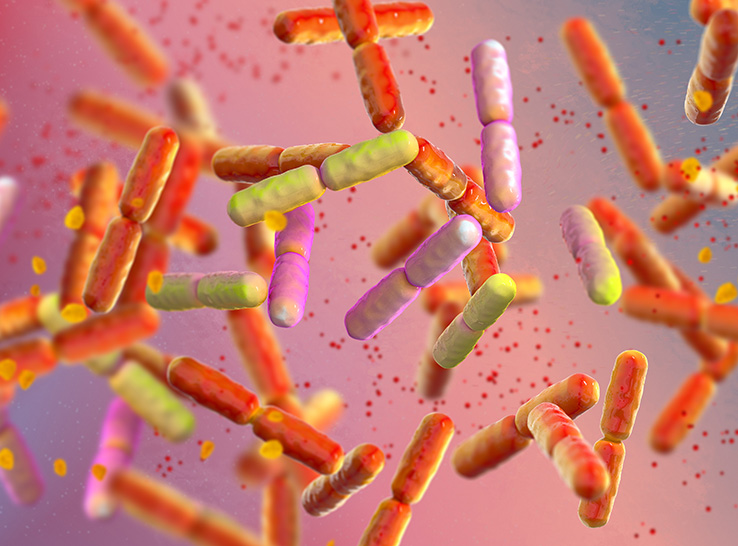Singer: Remember to keep Veterinarian’s Oath in conversations about antibiotic use
Responsible antibiotic use is not a new concept to the poultry or other food-animal production sectors, but, says Randy Singer, DVM, PhD, it’s important to put the conversation back in the context of the Veterinarian’s Oath, and first ensure the safety, health and overall well-being of the animals.













